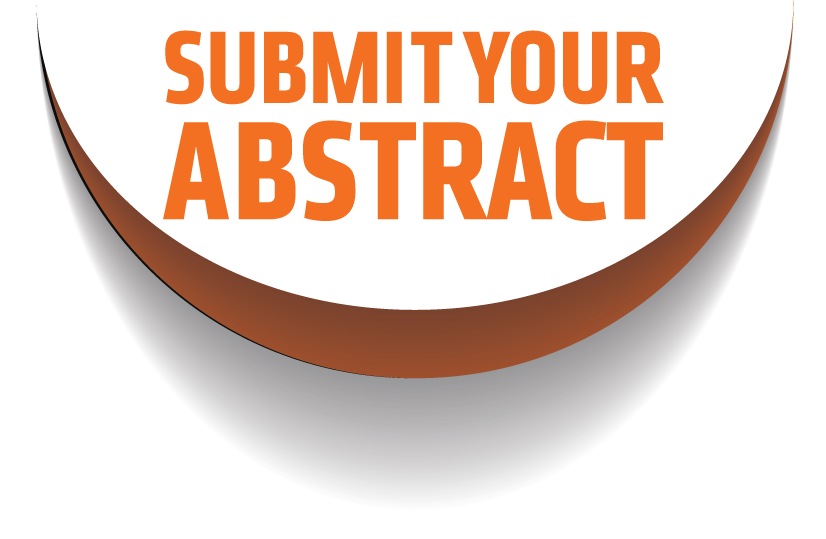
Elena V Kuevda
Kuban State Medical University, Russia
Title: Optimal cell sources for smooth and skeletal muscle matrices recellularization in rats
Biography
Biography: Elena V Kuevda
Abstract
We evaluated adipose stem cells (ASCs) and bone marrow-derived stem cells (MSCs) for acellular esophagus and diaphragm scaffolds recellularization. ASCs and MSCs were isolated from male Wistar rats according to published protocols. Cells were cultivated in DMEM until the third passage with cell proliferative activity calculation. Both ASCs and MSCs were subjected to induced differentiation for verification of stem cells implementation. After 80% confluence achievement cells were detached, centrifuged, resuspended in DMEM and seeded on top of the scaffolds at the density 3×105 per well. Acellular esophagus and diaphragm matrices were obtained after detergent-enzymatic decellularization with 4% sodium deoxycholate with EDTA and bovine pancreatic DNAse according to our previously described protocols. The quality of obtained scaffolds was proved with histological staining and residual DNA quantification. Both ASCs and MSCs demonstrated resembling differentiation in 3 cells lines: Adipocytes, chondrocytes and osteocytes. Cell proliferation activity for ASCs was significantly higher. Cell viability and cytotoxicity indices for acellular matrices were calculated with XTT assay and alamar blue staining after 48 of cultivation. Acellular esophagus matrix demonstrated similar cell viability for both ASCs and MSCs recellularization (35.64% and 32.945, respectively). Decellularized diaphragm showed less affinity to ASCs (0.69%) comparing to MSCs (25.09%). The phenomenon could be specified after further studies of adhesive and proliferative properties of ASCs and affinity to the skeletal muscles. Adjustment of cell suspension introduction method from on top to perfusion seems reasonable for diaphragm scaffold for better cell attachment and penetration. ASCs are promising sources for smooth muscle matrices recellularization. The choice of cell line should be defined by cell suspension introduction method and cytotoxic properties of the scaffold itself.

